Home>Garden Essentials>How To Use Pea Gravel In Landscaping
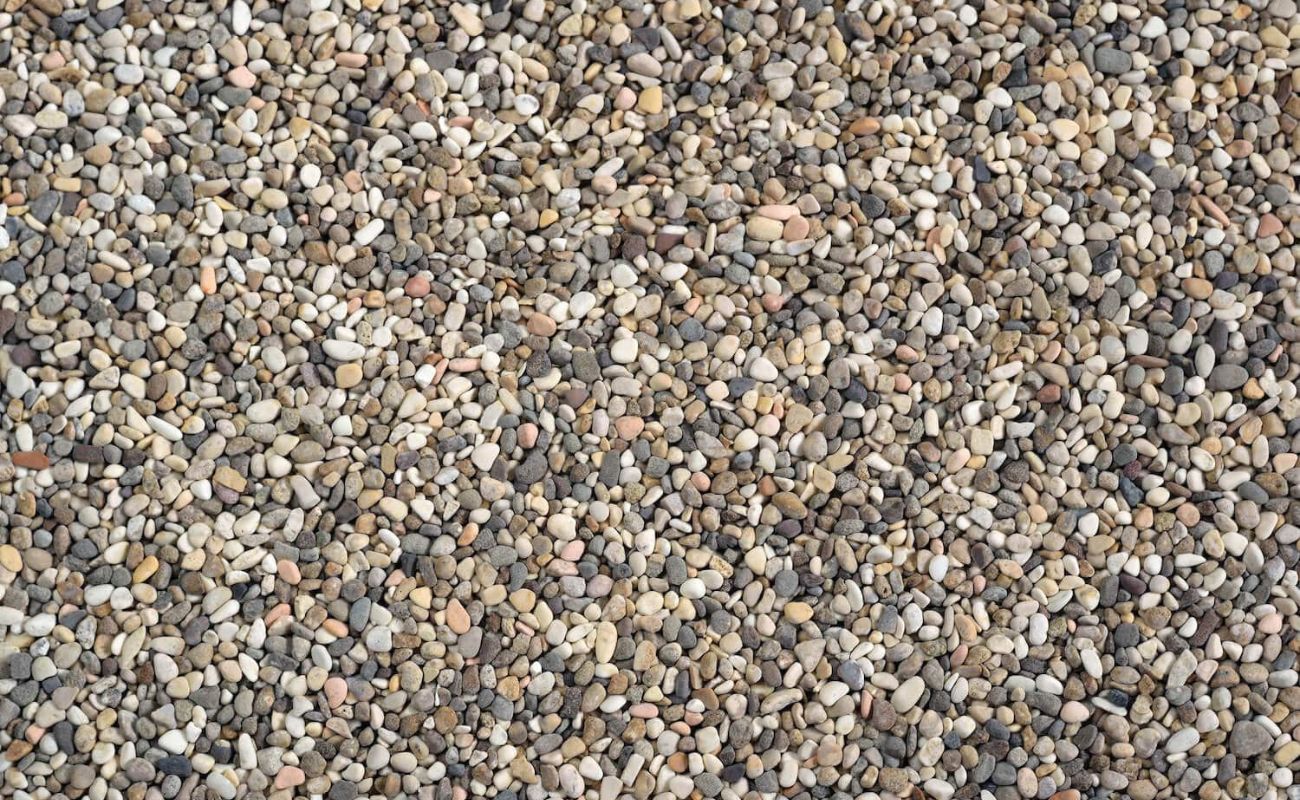

Garden Essentials
How To Use Pea Gravel In Landscaping
Modified: March 7, 2024
Learn how to incorporate pea gravel into your garden landscaping for a versatile, low-maintenance solution that adds aesthetic appeal and functional purpose.
(Many of the links in this article redirect to a specific reviewed product. Your purchase of these products through affiliate links helps to generate commission for Storables.com, at no extra cost. Learn more)
Introduction
Landscaping is not just about planting flowers and trees; it’s also about creating functional and visually appealing outdoor spaces. Pea gravel, with its small, smooth pebbles, is an excellent choice for various landscaping projects. Whether you want to create an inviting walkway, a beautiful patio, or improve the drainage in your garden, pea gravel can be a versatile and attractive option.
Pea gravel, also known as pea stone or pea-sized gravel, is a popular choice among professional landscapers and DIY enthusiasts alike. It is made up of small, rounded stones that are usually between 1/8 and 3/8 inches in size. These smooth, natural stones come in a range of colors, including shades of brown, tan, and gray.
One of the main advantages of using pea gravel in landscaping is its versatility. Not only is it aesthetically pleasing, but it also serves several practical purposes. It can be used to create pathways, patios, planting areas, and even to improve drainage in areas prone to water pooling.
Furthermore, pea gravel is a low-maintenance option. Unlike traditional paving materials like concrete or brick, pea gravel does not crack or require regular sealing. This makes it an affordable and long-lasting choice for your outdoor projects.
In this article, we will explore the benefits of using pea gravel in landscaping and provide you with helpful tips on selecting the right type of pea gravel, preparing your space for installation, and incorporating pea gravel into various aspects of your landscape design. We will also offer insight into maintenance and care to ensure that your pea gravel landscaping remains beautiful and functional for years to come.
So, if you’re ready to enhance your outdoor space with the natural beauty and versatility of pea gravel, let’s dive into the world of pea gravel landscaping!
Key Takeaways:
- Pea gravel is a versatile and low-maintenance landscaping option that adds beauty and functionality to outdoor spaces, perfect for creating pathways, patios, and garden borders.
- Proper preparation, installation, and maintenance of pea gravel are essential for long-lasting and visually appealing landscaping, ensuring optimal drainage and preventing weed growth.
Read more: How To Build A Pea Gravel Patio
Benefits of Using Pea Gravel in Landscaping
Pea gravel offers numerous benefits that make it an ideal choice for landscaping projects. Whether you’re looking to enhance the visual appeal of your outdoor space or improve its functionality, here are some of the key advantages of using pea gravel:
- Versatility: One of the biggest advantages of pea gravel is its versatility. It can be used in a variety of landscaping applications, including pathways, patios, driveways, garden beds, and around trees and shrubs. Its small, compact size allows for flexibility in design and can be easily shaped to fit the space you have in mind.
- Aesthetically Pleasing: Pea gravel is naturally beautiful and adds a rustic yet contemporary charm to any landscape. Its smooth, rounded stones create a soft and inviting look that blends seamlessly with both natural and modern surroundings. Additionally, pea gravel comes in a range of colors, allowing you to choose the shade that complements your overall design scheme.
- Low Maintenance: Unlike traditional hardscape materials like concrete or brick, pea gravel requires minimal maintenance. It does not crack or break under pressure, and its loose structure helps to prevent water buildup and ice formation during freezing temperatures. This means you won’t have to worry about costly repairs or regular sealing, saving you time and money in the long run.
- Excellent Drainage: Pea gravel is permeable, allowing water to easily pass through it. This makes it an excellent choice for areas prone to water pooling or poor drainage. By using pea gravel, you can help prevent soil erosion, improve the health of your plants, and minimize the risk of water damage to your property.
- Environmentally Friendly: Pea gravel is a sustainable and environmentally friendly choice for landscaping. It is a natural material that does not require excessive energy or resources to produce. Additionally, its permeable nature allows rainwater to infiltrate the soil, reducing the strain on stormwater systems and promoting groundwater recharge.
Overall, pea gravel offers a range of benefits that make it a popular choice among homeowners and landscape professionals. Its versatility, aesthetic appeal, low maintenance requirements, excellent drainage capabilities, and environmental friendliness make it an excellent investment for any outdoor space.
Choosing the Right Type of Pea Gravel
When it comes to selecting the right type of pea gravel for your landscaping project, there are a few factors to consider. The following tips will help you make an informed decision:
- Color: Pea gravel comes in various colors, including shades of brown, tan, and gray. Consider the color scheme of your outdoor space and choose a pea gravel color that complements it. If you’re unsure, opt for neutral tones like beige or gray, as they tend to blend well with most surroundings.
- Size: Pea gravel is typically available in sizes ranging from 1/8 to 3/8 inches. The size you choose depends on the specific application. For pathways or patios, smaller pea gravel sizes provide a smoother surface to walk on. If you’re using pea gravel for drainage purposes, larger sizes may be more suitable to allow for better water flow.
- Texture: Pea gravel can have different textures, ranging from smooth to slightly rough. Consider the desired look and feel of your landscaping project. If you want a polished and refined look, opt for smooth pea gravel. Alternatively, if you prefer a more natural and rustic appearance, a slightly rough texture may be more appealing.
- Quality: It’s important to choose high-quality pea gravel to ensure longevity and durability. Look for pea gravel that is free from debris, such as dirt and twigs. It should also be properly washed to remove dust and sediment. Verify that the supplier or retailer has a good reputation for providing top-notch materials.
- Quantity: Determine the quantity of pea gravel you need based on the size of your project. Calculate the area you plan to cover and the desired depth of the pea gravel layer. This will help you estimate the amount of pea gravel required. It’s always a good idea to order slightly more than you think you need to account for any errors or future maintenance.
- Delivery and Installation: Consider how the pea gravel will be delivered and installed. Depending on the size of your project, you may need a bulk delivery of pea gravel, which can be more cost-effective than purchasing multiple bags. Additionally, think about whether you are able to install the pea gravel yourself or if you would prefer to hire a professional for proper installation.
Remember, selecting the right type of pea gravel is essential for achieving the desired aesthetic and functional outcome of your landscaping project. Take the time to consider these factors and make a well-informed decision to ensure the success of your pea gravel landscaping endeavor.
Preparation and Planning for Using Pea Gravel
Before you begin using pea gravel in your landscaping project, proper preparation and planning are crucial to ensure a successful outcome. Here are some essential steps to take:
- Clear the Area: Start by clearing the area where you intend to use pea gravel. Remove any existing vegetation, rocks, or debris. This will provide a clean and stable base for installing the pea gravel.
- Mark the Boundaries: Use stakes and string to mark the boundaries of the area you want to cover with pea gravel. This will give you a clear visual guide and help ensure a smooth and evenly distributed application.
- Excavate the Area: If you’re creating a pathway or patio, consider excavating the area to a depth of a few inches. This will allow space for a base material, such as crushed stone or sand, which will provide stability and prevent shifting of the pea gravel over time.
- Install Landscape Fabric: To prevent weed growth and help with drainage, it’s advisable to lay down a layer of landscape fabric before adding the pea gravel. This will act as a barrier, preventing weeds from growing through the pea gravel and enhancing its longevity.
- Edge the Area: Consider edging the area where you plan to use pea gravel. This can be done using various materials such as metal or plastic edging. Edging helps contain the pea gravel and prevents it from spreading into unwanted areas. It also adds a neat and finished look to your landscaping project.
- Add a Base Material: Depending on the application, you may need to add a base material before laying the pea gravel. For example, for pathways or patios, a layer of crushed stone or sand can provide stability and serve as a compact base. Make sure to compact the base material properly to ensure a solid foundation.
- Determine the Depth: Consider the desired depth of the pea gravel layer. The depth can vary depending on the application and personal preference. For pathways, a depth of 2-3 inches is usually sufficient, while for patios or sitting areas, a depth of 4-6 inches may be more suitable.
- Distribute the Pea Gravel: Using a shovel or a wheelbarrow, start distributing the pea gravel evenly over the prepared area. Use a rake or a smooth board to level and spread the gravel, ensuring an even and uniform look. Take your time and make any necessary adjustments to achieve the desired thickness and appearance.
- Compact the Pea Gravel: Once the pea gravel is distributed, use a tamper or a vibrating plate compactor to gently compact the gravel. This will help settle the stones and create a stable surface. Compact in small sections and make multiple passes to ensure even compaction.
- Inspect and Adjust: After compacting, inspect the pea gravel surface and make any necessary adjustments. Fill in any low spots or areas that appear thin. Ensure that the level of the pea gravel is consistent throughout the entire area.
By following these preparation and planning steps, you’ll ensure that your pea gravel landscaping project is well-executed and yields long-lasting results. Proper preparation is essential for creating a visually appealing and functional outdoor space that you can enjoy for years to come.
Ideas for Incorporating Pea Gravel into Your Landscape
Pea gravel can add a touch of elegance and functionality to your landscape design. Here are some creative ideas for incorporating pea gravel into your outdoor space:
- Pathways: Create beautiful pathways using pea gravel. Whether you want a meandering path through the garden or a straight walkway from the front yard to the backyard, pea gravel provides a soft and natural surface for walking. Consider edging the pathways with stones or pavers for a more defined look.
- Patios and Sitting Areas: Design a cozy patio or sitting area using pea gravel. Simply level out the desired space and lay a thick layer of pea gravel. Place outdoor furniture, such as chairs, tables, and benches, on top of the gravel for a charming and relaxed gathering spot in your backyard.
- Fire Pits: Build a fire pit surrounded by pea gravel for a cozy and inviting outdoor gathering space. The pea gravel acts as a natural and fire-resistant surface that can withstand the intense heat. Add some comfortable seating around the fire pit to create the perfect spot for roasting marshmallows and enjoying evenings under the stars.
- Garden Borders: Use pea gravel to create defined garden borders. Place a row of stones or bricks along the edge of the garden bed and fill the space in between with pea gravel. Not only does this add visual appeal, but it also helps to prevent soil erosion and ensures a tidy separation between the garden and surrounding areas.
- Water Features: Enhance the beauty of your water features, such as ponds or fountains, with pea gravel. Create a small pebble beach leading into the water or surround the base of the feature with a layer of pea gravel. This adds a natural and soothing element to your landscape design.
- Play Areas: Design a safe and fun play area for children by installing pea gravel under swings, playsets, or trampolines. The soft and cushioned surface of the pea gravel helps reduce the risk of injuries from falls while providing an attractive and low-maintenance play space.
- Planting Beds: Use pea gravel as a decorative mulch for your planting beds. Spread a layer of pea gravel around the base of trees, shrubs, or flowers to help retain moisture, prevent weed growth, and add a visually appealing element to your landscape.
- Outdoor Art and Sculptures: Showcase outdoor art or sculptures by placing them on a bed of pea gravel. The contrast between the smooth stones and the artwork creates an eye-catching focal point in your landscape design.
These are just a few ideas to spark your creativity when using pea gravel in your landscape. The versatility and aesthetic appeal of pea gravel make it a fantastic choice for a range of outdoor projects, allowing you to create stunning and functional spaces that truly reflect your style and personality.
Read more: How To Install Gravel Landscaping
Installing Pea Gravel in Walkways and Pathways
Using pea gravel to create walkways and pathways is a popular choice for homeowners looking to add both functionality and visual appeal to their outdoor space. Here are the steps to successfully install pea gravel in walkways and pathways:
- Plan the Layout: Start by determining the desired path of your walkway or pathway. Consider factors such as the natural flow of traffic, the existing landscape, and any obstacles or features you want to incorporate. Mark the path using stakes and string to give you a clear guide.
- Clear the Area: Remove any existing vegetation, rocks, or debris along the marked path. Dig out the top layer of soil to a depth of about 4-6 inches to create space for the base materials and the pea gravel.
- Prepare the Base: Add a layer of crushed stone or sand as the base for your walkway or pathway. This will provide stability and prevent shifting of the pea gravel. Compact the base material using a tamper or a vibrating plate compactor to create a solid foundation.
- Add Edging: Install edging along the sides of the walkway or pathway to keep the pea gravel contained and prevent it from spreading into the surrounding areas. This can be done using materials like metal or plastic edging, rocks, or bricks.
- Lay Landscape Fabric: To prevent weed growth and help with drainage, lay down a layer of landscape fabric on top of the prepared base. Overlap the fabric to ensure proper coverage along the entire path. Secure the edges with landscape fabric pins or staples to keep it in place.
- Distribute the Pea Gravel: Start spreading the pea gravel evenly along the path. Use a shovel or a wheelbarrow to transport the gravel and a rake or a smooth board to level and spread it. Aim for a depth of about 2-3 inches, adding more if necessary to achieve the desired appearance.
- Rake and Compact: Use a rake to smooth out the pea gravel and ensure an even surface. Then, use a tamper or a vibrating plate compactor to lightly compact the pea gravel. This will help settle the stones and create a stable and firm walking surface.
- Inspect and Adjust: Walk along the path to inspect the pea gravel surface for any uneven areas or low spots. Add more pea gravel and rake it into place as needed. Make sure the level of the pea gravel is consistent throughout the entire walkway or pathway.
- Clean Up: After completing the installation, use a leaf blower or broom to remove any excess debris or loose gravel from the surface of the walkway or pathway. This will give it a polished and finished look.
Installing pea gravel in walkways and pathways not only enhances the functionality of your outdoor space but also adds a natural and visually appealing element. Follow these steps to create a beautiful and durable walkway or pathway that will be enjoyed for years to come.
When using pea gravel in landscaping, make sure to install a barrier or edging to prevent it from spreading. This will help maintain a clean and organized look in your outdoor space.
Creating a Pea Gravel Patio or Sitting Area
A pea gravel patio or sitting area can provide a charming and relaxed outdoor space for entertaining, relaxing, or dining. Here are the steps to successfully create a pea gravel patio or sitting area:
- Choose the Location: Select an area in your outdoor space that is suitable for a patio or sitting area. Consider factors such as sunlight exposure, views, and proximity to the house or other functional areas of your yard.
- Prepare the Area: Clear the selected area of any vegetation, rocks, or debris. Level the ground as much as possible using a shovel and a rake, removing any high spots and filling in any low spots. Ensure that the area is stable and firm.
- Define the Borders: Use stakes and string to mark the perimeter of the patio or sitting area. This will provide a clear guide and help you envision the desired shape and size of the space.
- Add Edging: Install edging around the boundaries of the patio or sitting area to create a clean and polished look while keeping the pea gravel contained. Choose materials such as bricks, pavers, or stones that complement the style of your outdoor space.
- Lay Landscape Fabric: Lay down a layer of landscape fabric within the defined area. This will help suppress weed growth and provide a barrier between the soil and the pea gravel. Overlap the fabric to ensure seamless coverage.
- Add the Base Material: Depending on the existing ground conditions, you may need to add a layer of crushed stone as a base for the patio or sitting area. This will provide stability and help with drainage. Spread the crushed stone evenly and compact it using a tamper or a vibrating plate compactor.
- Distribute the Pea Gravel: Begin filling the defined area with pea gravel. Use a shovel or a wheelbarrow to transport the gravel and spread it evenly over the prepared base. Aim for a layer of pea gravel that is about 4-6 inches deep to ensure a comfortable and stable surface.
- Smooth and Level the Surface: Use a rake or a smooth board to smooth out and level the pea gravel surface. Ensure that the gravel is distributed evenly and that there are no significant indentations or bumps. Take your time to achieve a polished and even finish.
- Enhance with Accents: Consider adding accents or focal points to your pea gravel patio or sitting area. This can include outdoor furniture such as chairs, tables, or benches, as well as potted plants, lanterns, or decorative elements. These accents will personalize and enhance the overall ambiance of your outdoor space.
- Maintenance: Regularly inspect and maintain your pea gravel patio or sitting area. Rake and level the gravel as needed to keep it in place and ensure an even surface. Additionally, periodically remove any debris or leaves that may accumulate on the surface to maintain its appearance.
A pea gravel patio or sitting area is a charming addition to any outdoor space. By following these steps, you can create a comfortable and inviting area where you can relax, entertain, and enjoy the beauty of your landscape.
Using Pea Gravel to Improve Drainage
Poor drainage can be a common problem in many outdoor spaces, leading to issues such as water pooling, erosion, and soggy soil. Fortunately, pea gravel can be an effective solution for improving drainage. Here’s how you can use pea gravel to enhance the drainage in your yard:
- Identify Problem Areas: Take a thorough look at your outdoor space and identify areas that are prone to poor drainage. These can include low-lying spots, areas near downspouts, or sections of your yard with clay or compacted soil that hinders water absorption.
- Excavate the Area: In the identified problem areas, excavate the soil to a depth of around 6-8 inches. This will create space for the pea gravel layer and allow for proper drainage. Remove any excessive clay or compacted soil during the excavation process.
- Install Landscape Fabric: Lay landscape fabric over the excavated area to prevent weed growth and keep the pea gravel separate from the soil. Overlapping the fabric will ensure full coverage and provide a barrier between the gravel and underlying soil.
- Add a Layer of Pea Gravel: Spread a layer of pea gravel over the landscape fabric, ensuring that it is distributed evenly. Aim for a depth of around 2-3 inches, although this may vary depending on the severity of the drainage problem.
- Compact the Pea Gravel: Use a tamper or a vibrating plate compactor to gently compact the pea gravel. This will help stabilize the gravel and encourage proper water flow. Make several passes over the gravel to ensure even compaction.
- Extend Downspouts: If downspouts contribute to the poor drainage in your yard, consider extending them to redirect water away from problem areas. Connect downspout extensions and position them in a way that ensures water flows towards an appropriate drainage point, such as a storm drain or a designated drainage area.
- Create French Drains: In areas where poor drainage persists, consider installing French drains. To create a French drain, dig a trench that slopes away from the problem area and fill it with pea gravel. Place a perforated pipe on top of the pea gravel and cover it with more pea gravel, ensuring that the pipe is level and sloping towards the desired drainage point.
- Monitor and Adjust: Regularly monitor the effectiveness of the pea gravel drainage system. Observe how water flows and drains in the treated areas, making adjustments as needed. Add more pea gravel or modify the slope if you notice any issues or inadequate drainage.
Using pea gravel to improve drainage offers both functionality and aesthetic appeal in your outdoor space. By following these steps, you can effectively address poor drainage, prevent water damage, and create a more comfortable and healthy environment for your plants and landscape.
Pea Gravel for Planting Areas and Garden Beds
Pea gravel is a versatile material that can be used in planting areas and garden beds to enhance both the aesthetics and functionality of your landscape. Here’s how you can incorporate pea gravel into your planting areas and garden beds:
- Create Pathways: Use pea gravel to create pathways within your garden beds. By adding a layer of pea gravel and defining the pathway with edging, you can create a visually appealing and easy-to-navigate walkway among your plants and flowers. The smooth, rounded stones of the pea gravel provide a comfortable surface to walk on while adding charm to your garden.
- Improve Soil Drainage: Pea gravel can help improve soil drainage in your planting areas. If you have clay or compacted soil that tends to hold water, adding a layer of pea gravel at the bottom of the planting hole or bed can help facilitate drainage. The small gaps between the stones allow water to flow through, preventing waterlogged soil and promoting healthier root growth.
- Mulch Around Plants: Use pea gravel as a decorative mulch around your plants. Spread a layer of pea gravel around the base of your plants, leaving a small space around the stem to prevent moisture buildup. The gravel acts as a natural barrier, preventing weed growth, conserving soil moisture, and reducing the need for excessive watering. It also adds a polished and finished look to your garden.
- Create Rock Gardens: Utilize pea gravel in rock gardens or dry riverbed features. Arrange larger rocks or boulders in your garden bed and fill the space in between with pea gravel. This creates an attractive contrast, with the larger rocks providing structure and the pea gravel adding texture and visual interest. Consider planting drought-tolerant plants or succulents in the rock garden for a low-maintenance and water-wise landscape design.
- Build Raised Beds: Construct raised garden beds and fill them with pea gravel as a base layer. Raised beds provide better drainage and improve soil aeration. The pea gravel at the bottom of the raised bed allows excess water to drain away, preventing waterlogged soil and promoting healthier plant growth. Add a layer of quality garden soil on top of the pea gravel to provide a nutrient-rich growing environment.
- Add Stepping Stones: Incorporate pea gravel around stepping stones or pavers to create functional and visually appealing walkways in your garden. The pea gravel provides a stable and comfortable surface to walk on and helps to define the path. This adds a whimsical and inviting element to your garden design.
- Design Water Features: Use pea gravel to enhance the design of water features, such as ponds or fountains. Create a pebble beach or surround the base of the water feature with pea gravel to add a natural touch. The gravel not only improves the aesthetics but also helps with drainage and filtration of the water.
- Control Weeds: Applying a thick layer of pea gravel to bare areas in your garden can help prevent weed growth. The gravel acts as a barrier, inhibiting weed seeds from germinating and taking root in your planting areas and garden beds. This reduces the need for manual weeding and minimizes competition for nutrients and water among your desired plants.
By using pea gravel in your planting areas and garden beds, you can enhance the beauty of your landscape while improving soil drainage, reducing maintenance, and creating a cohesive and visually pleasing design. Explore the various ways to incorporate pea gravel to suit your gardening style and create a truly unique garden space.
Read more: How Deep Should A Pea Gravel Patio Be
Maintenance and Care for Pea Gravel Landscaping
Maintaining and caring for your pea gravel landscaping is essential for preserving its beauty and functionality over time. Here are some tips to help you effectively maintain your pea gravel landscaping:
- Rake Regularly: Regularly rake your pea gravel to remove leaves, debris, and any other organic material that may accumulate on the surface. This will prevent the buildup of decaying matter and maintain the clean appearance of your gravel.
- Address Weeds: Although pea gravel helps to inhibit weed growth, some weeds may still find their way through. Remove any weeds as soon as you spot them to prevent them from taking root and spreading. Pull them out by hand, ensuring to remove the entire root system.
- Monitor Drainage: Keep an eye on the drainage of your pea gravel landscaping, especially in areas where it is used to improve water flow. If you notice any areas where water is pooling or not draining properly, adjust and redistribute the gravel to ensure optimal drainage.
- Topping Up Gravel: Over time, some pea gravel may get displaced or settle into the ground. Periodically check for any areas that need topping up and add more gravel as necessary to maintain a consistent depth and level surface.
- Prevent Erosion: Heavy rainfall or foot traffic can cause gravel erosion. To prevent this, consider installing edging or borders to keep the gravel in place. Additionally, strategically place rocks or larger stones at the edges of paths or patios to help anchor the pea gravel and prevent it from spreading.
- Inspect and Repair Edging: Regularly inspect the edging or borders of your pea gravel landscaping. Look for any signs of damage or displacement, such as shifting or sinking. Repair or replace damaged edging promptly to maintain the integrity of the pea gravel and preserve its defined boundaries.
- Address Compacted Gravel: In high-traffic areas or under the weight of heavy furniture, the pea gravel may become compacted over time. Gently rake the compacted areas to loosen the gravel and restore its loose and permeable structure.
- Keep the Surface Clean: Occasionally, hose down your pea gravel landscaping to remove dust or dirt that may accumulate on the surface. Use a gentle spray setting to avoid displacing the gravel. For stubborn dirt or stains, consider using a pressure washer on a low setting, taking care not to damage the underlying landscape fabric or base material.
- Monitor for Settling: Pea gravel may settle over time, especially in areas with high foot traffic or frequent use. Regularly check for any signs of settling and add more gravel as needed to maintain the desired depth and height.
- Replenish Landscape Fabric: If you notice any signs of damage or wear on the landscape fabric beneath the pea gravel, consider replacing it. This will prevent soil from mixing with the gravel and impeding drainage.
By following these maintenance and care tips, you can ensure that your pea gravel landscaping remains attractive, functional, and in good condition for years to come. Regular upkeep will help preserve its natural beauty and protect your investment in creating a unique and appealing outdoor space.
Conclusion
Pea gravel is a versatile and visually appealing material that can greatly enhance your landscape design. Its small, smooth pebbles offer numerous benefits for a variety of landscaping projects. From creating functional walkways and patios to improving drainage in your garden, pea gravel provides both aesthetic appeal and practicality.
By choosing the right type of pea gravel for your specific needs, properly preparing the area, and carefully installing and maintaining it, you can achieve stunning results. Pea gravel offers versatility in its usage, allowing you to incorporate it into various aspects of your landscape, such as walkways, patios, garden beds, and planting areas. Its low-maintenance nature and environmentally friendly qualities make it an excellent choice for homeowners and landscape professionals alike.
When using pea gravel in your landscaping, remember to regularly maintain and care for it. Rake the gravel to remove debris, address any weed growth, and monitor and adjust for proper drainage. Topping up the gravel as needed and inspecting and repairing edging or borders will help preserve the integrity and aesthetics of your pea gravel landscaping.
In conclusion, pea gravel is a fantastic option for those looking to enhance their outdoor space. Its natural beauty, functionality, and low maintenance requirements make it a valuable addition to any landscape design. Whether you’re creating a new pathway, designing a cozy patio, or improving drainage, pea gravel offers a versatile and visually appealing solution.
So, embrace the beauty of pea gravel and unlock the creative possibilities it brings. With the right planning, preparation, and maintenance, your pea gravel landscaping will provide long-lasting beauty, enjoyment, and functionality for years to come.
Frequently Asked Questions about How To Use Pea Gravel In Landscaping
Was this page helpful?
At Storables.com, we guarantee accurate and reliable information. Our content, validated by Expert Board Contributors, is crafted following stringent Editorial Policies. We're committed to providing you with well-researched, expert-backed insights for all your informational needs.
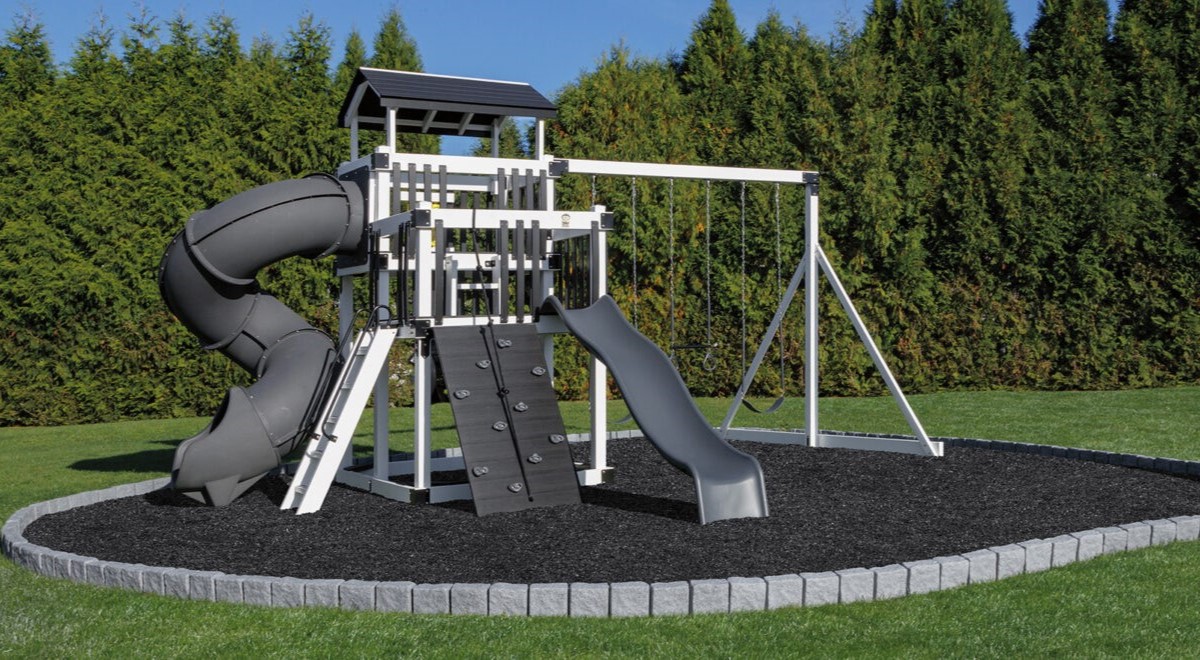
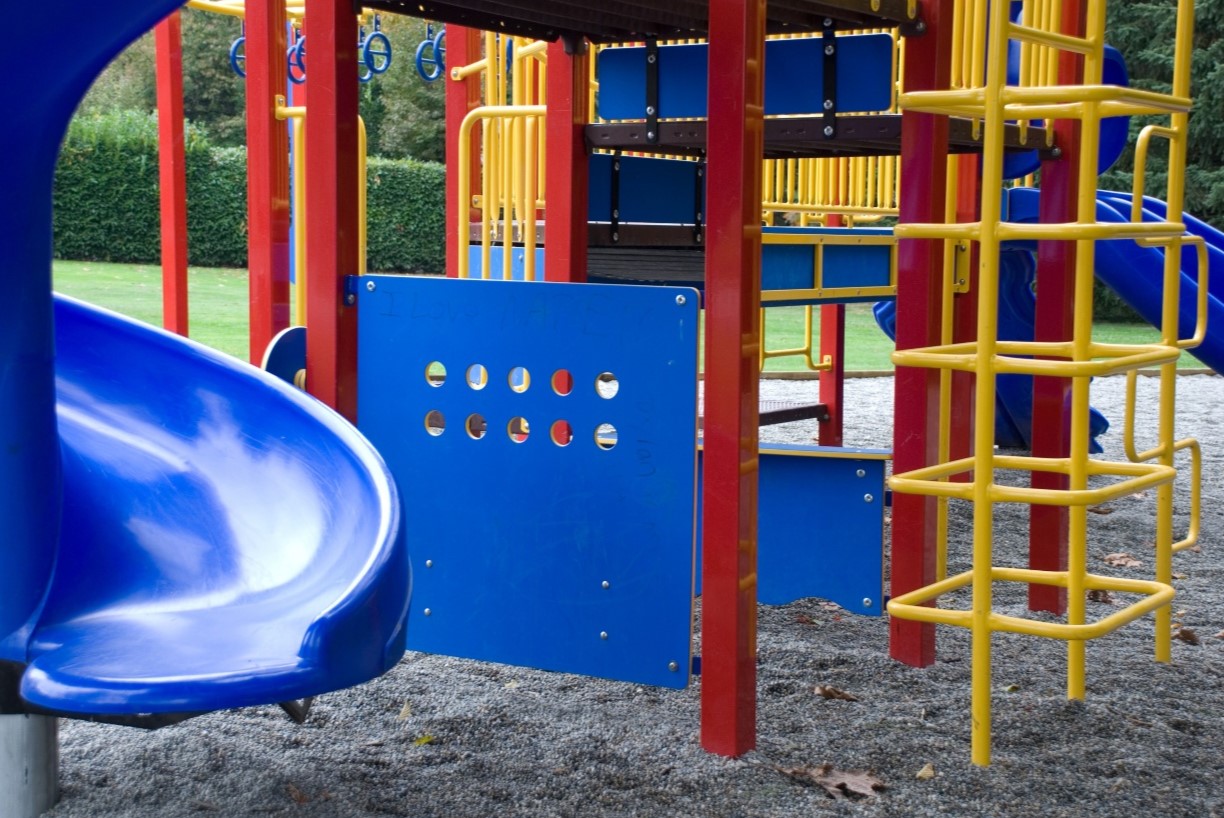
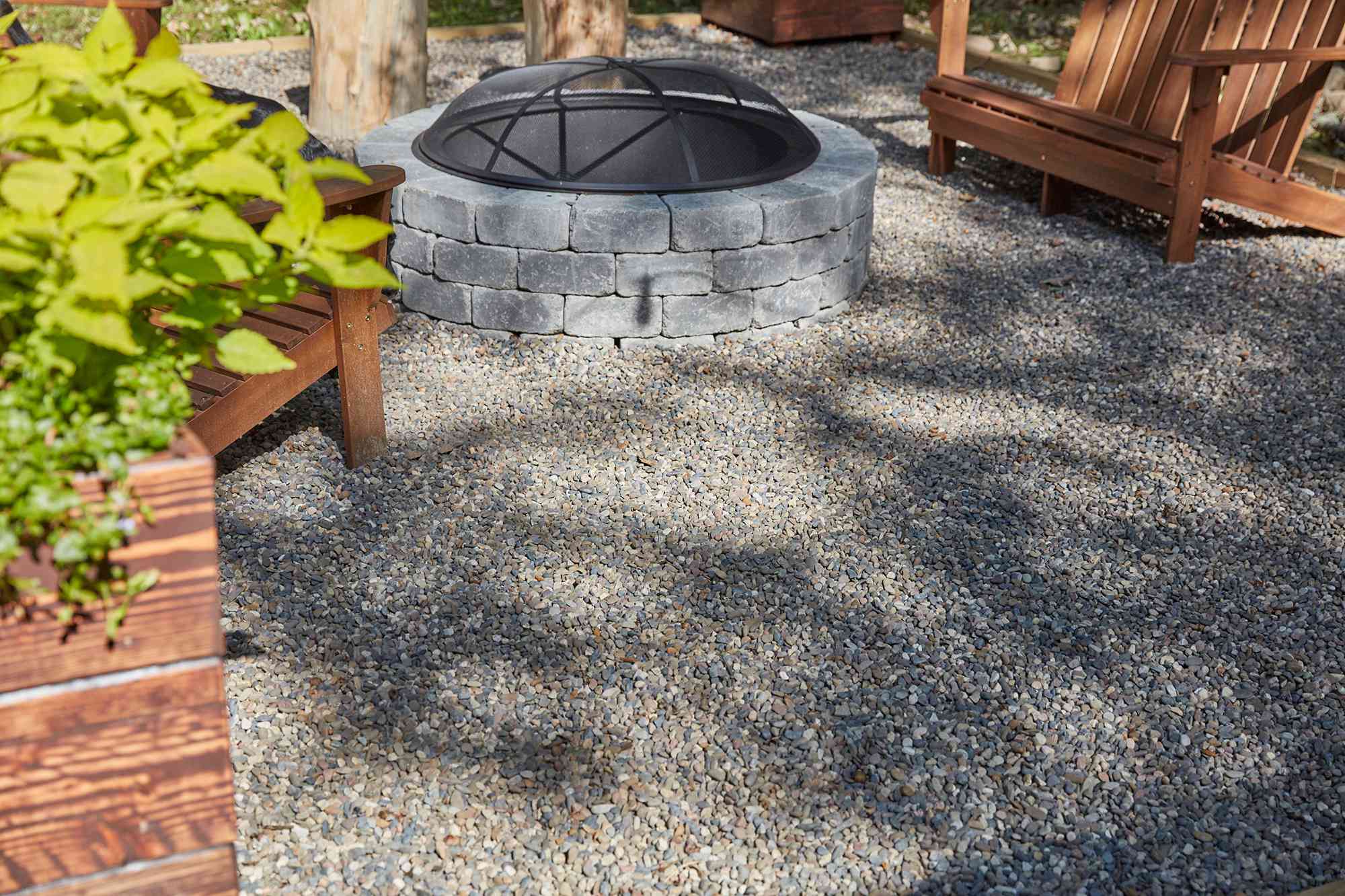
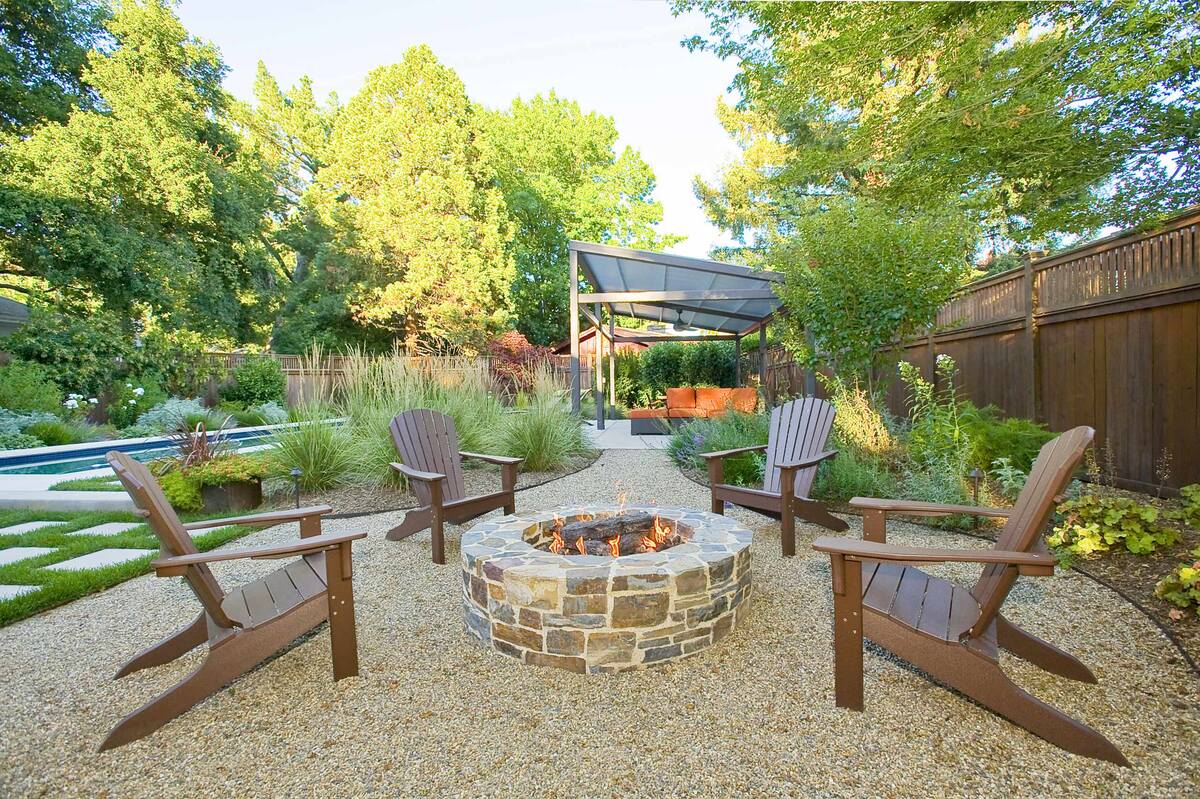
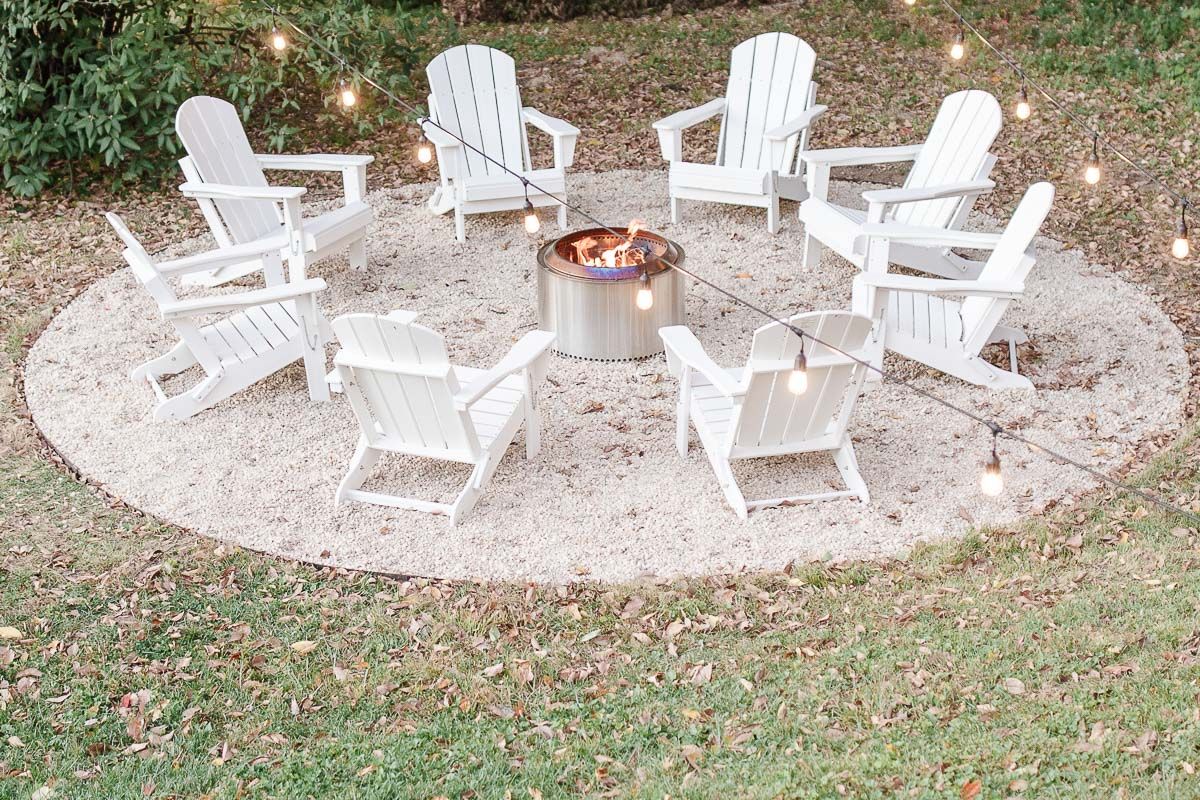
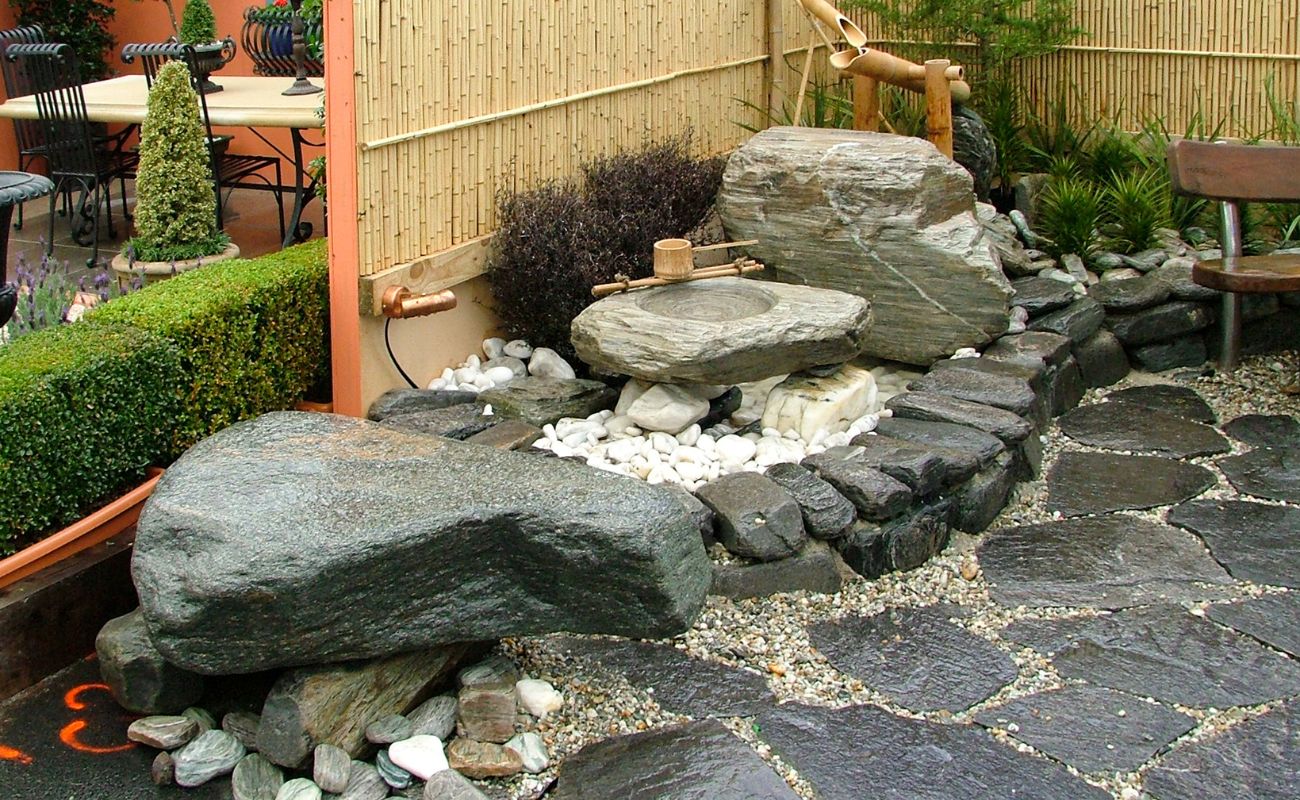
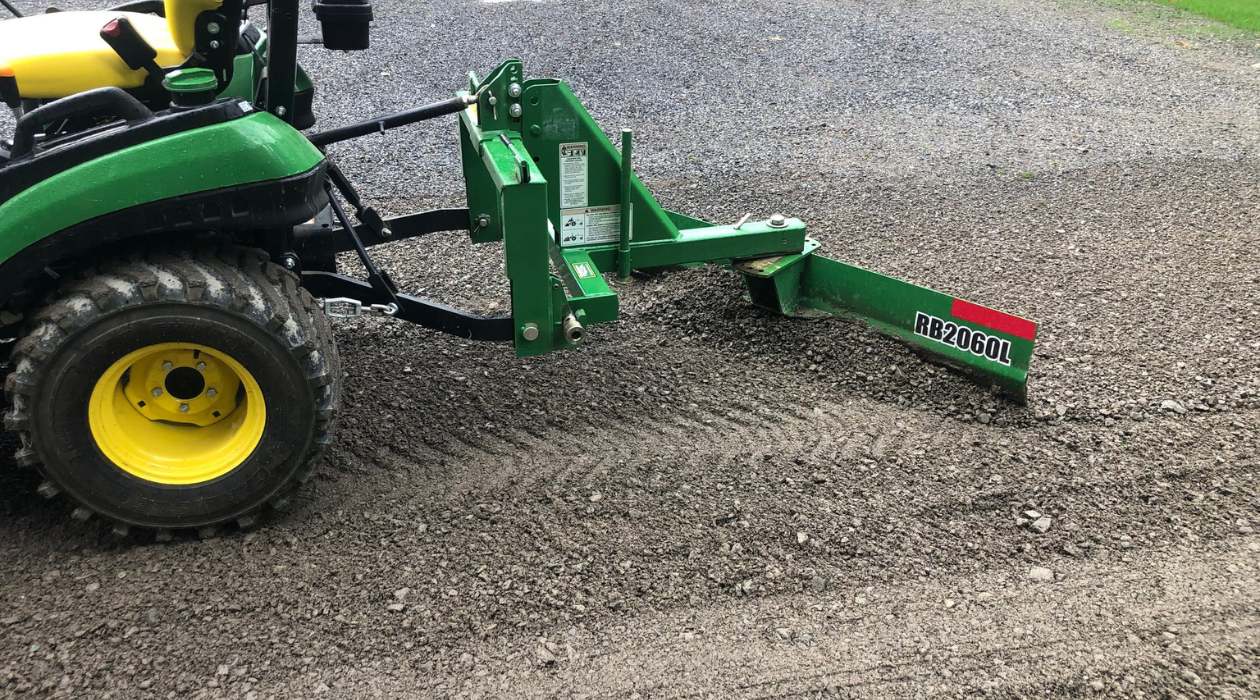
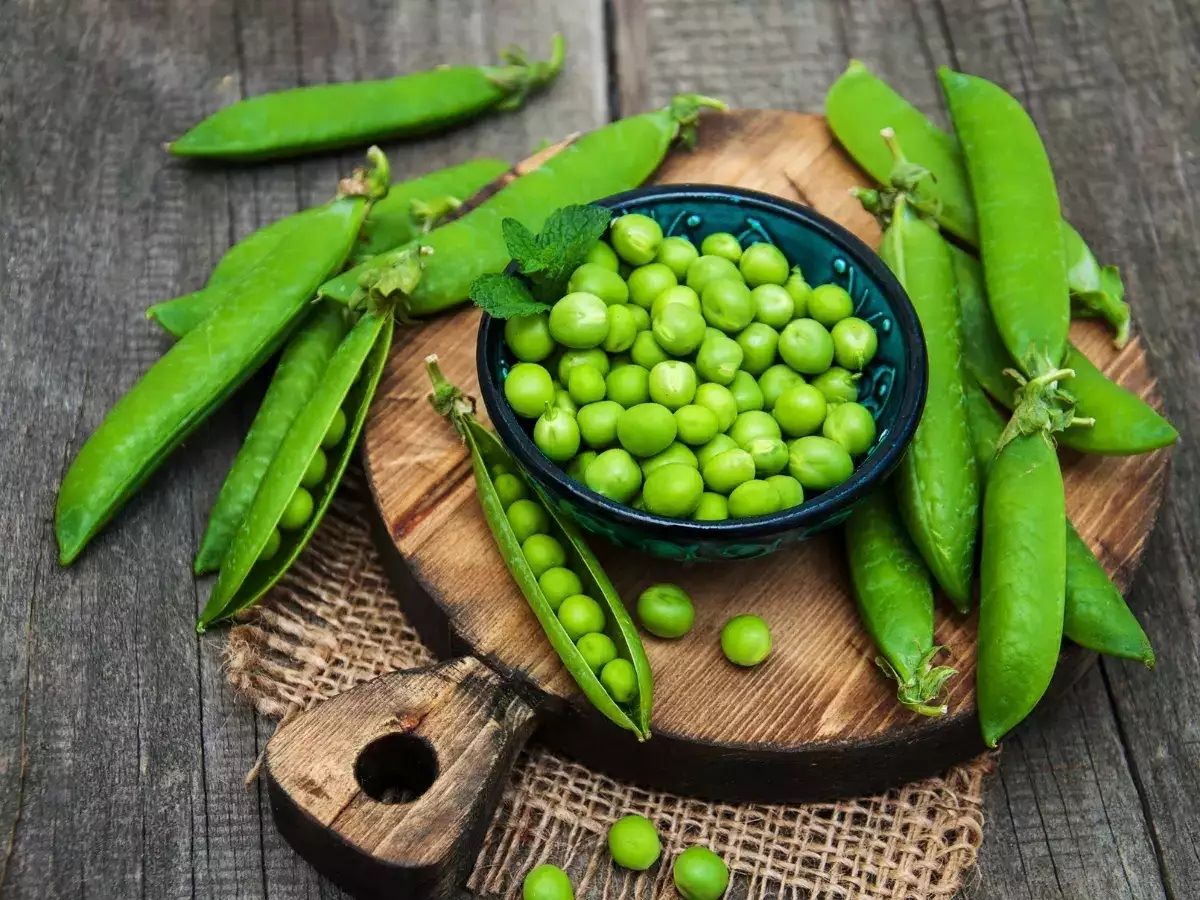
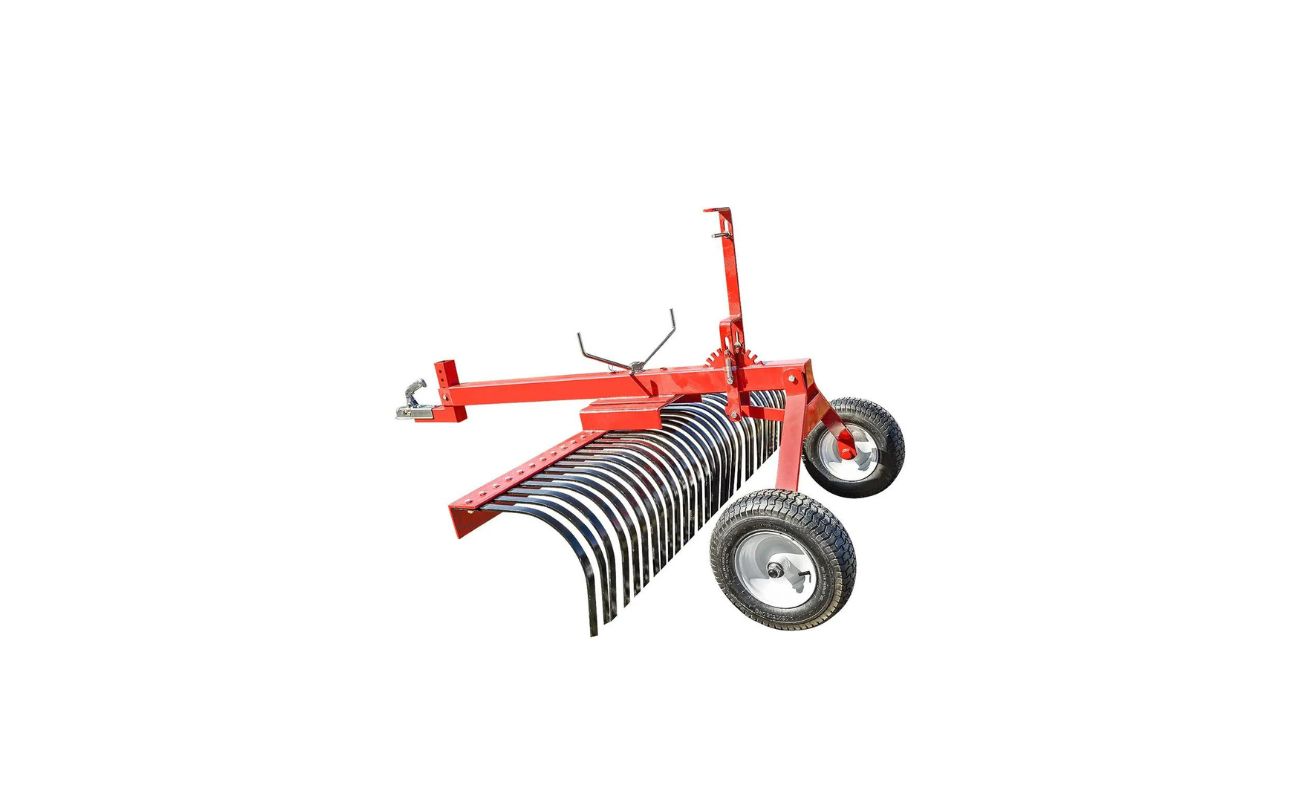
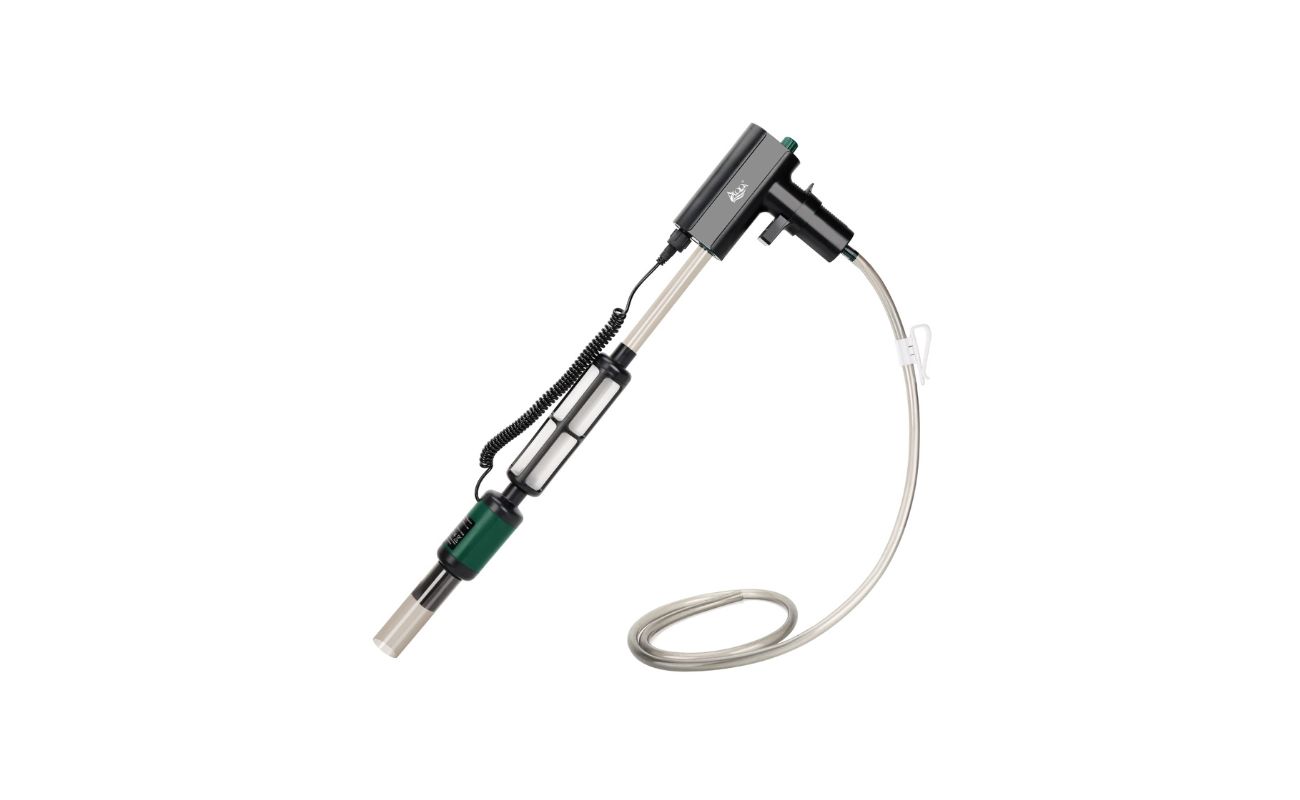
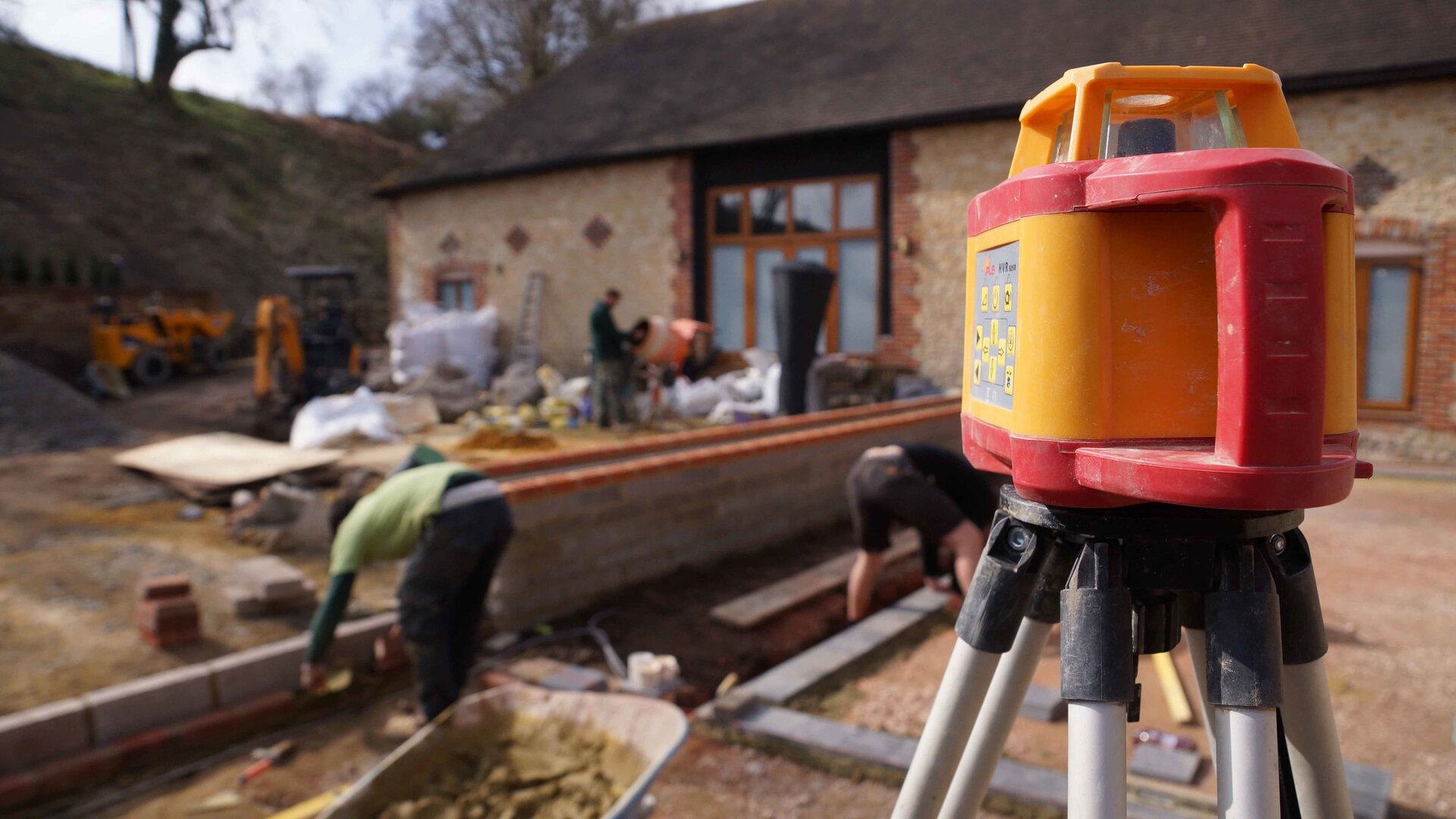
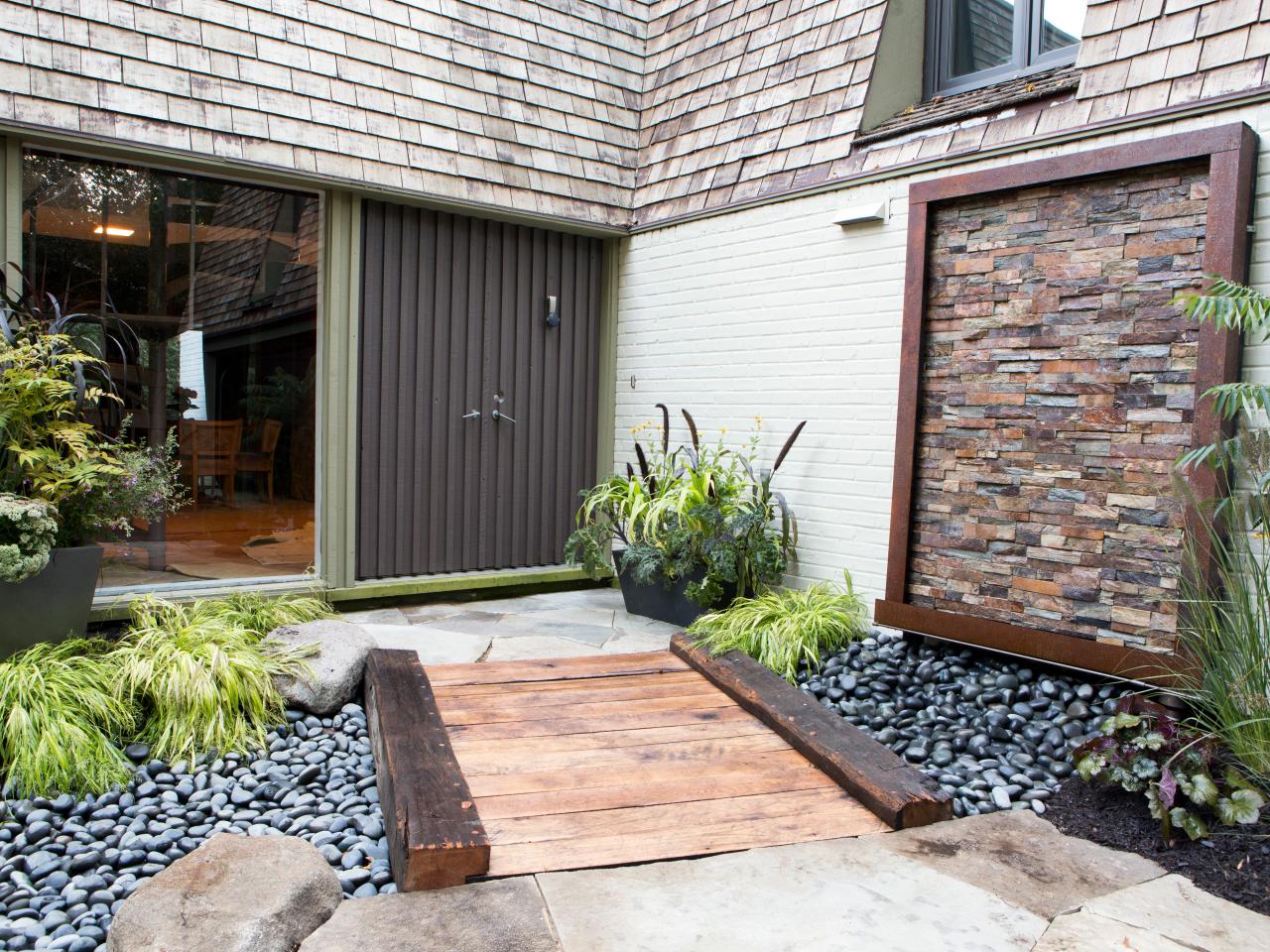
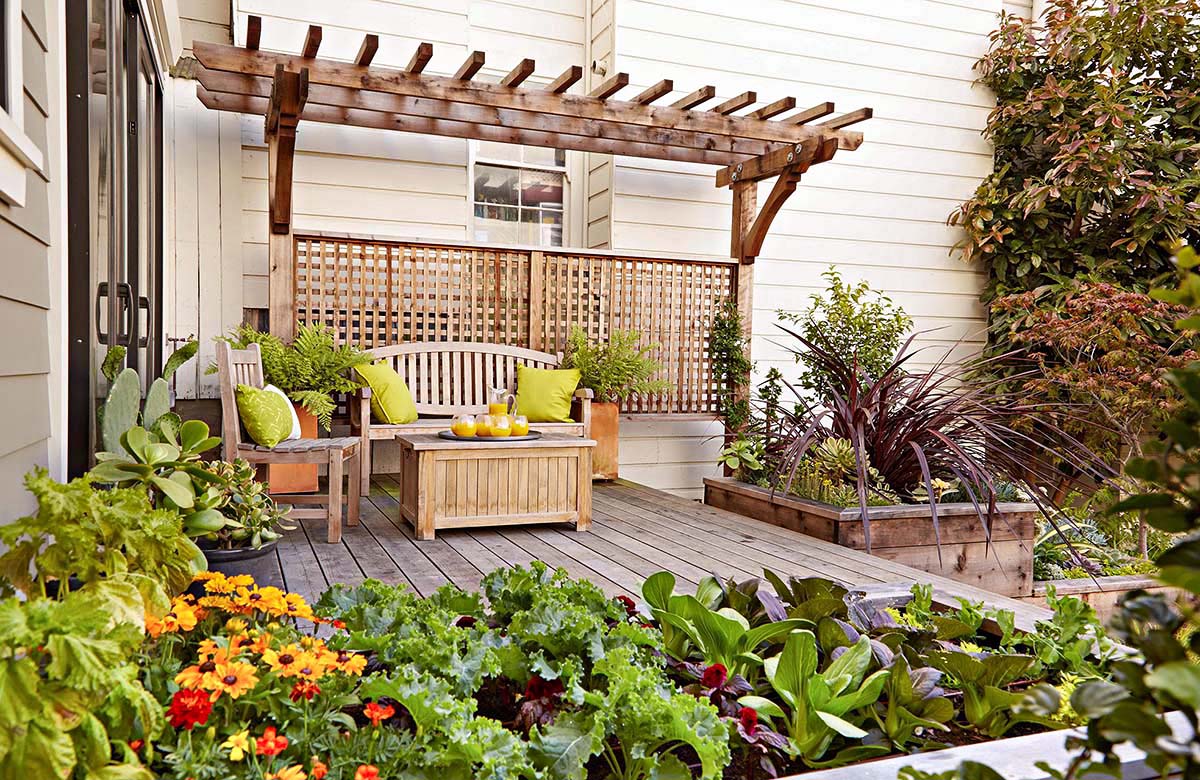

0 thoughts on “How To Use Pea Gravel In Landscaping”